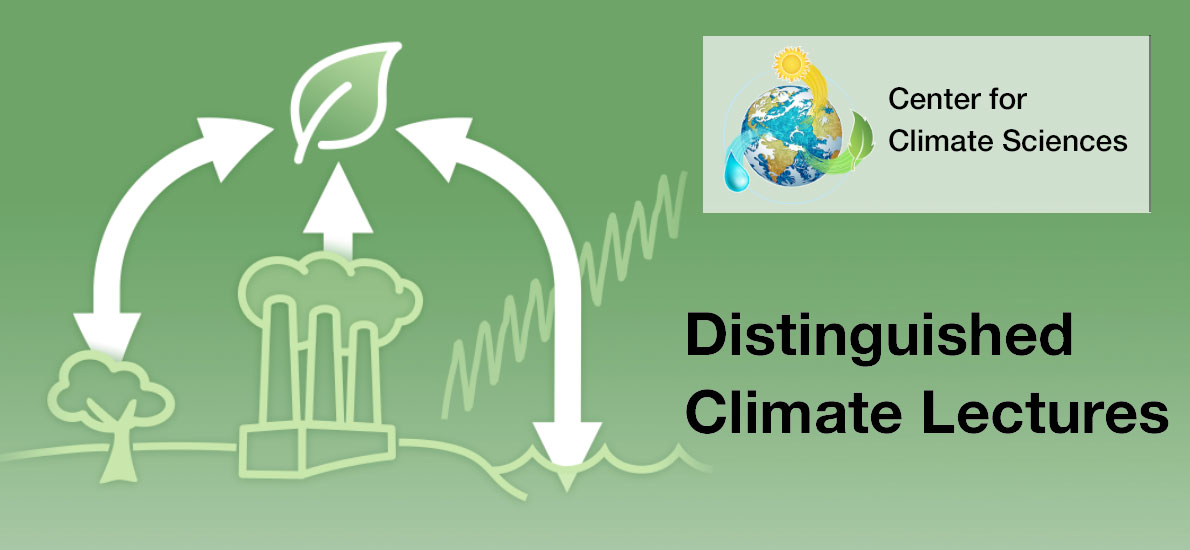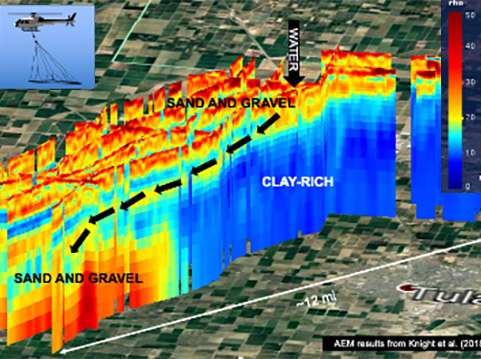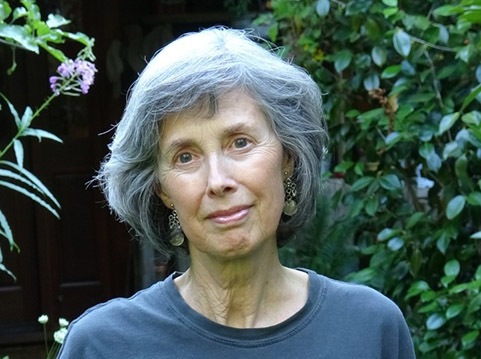Seminars
Harnessing the Power of Geophysical Imaging to Recharge California’s Groundwater
May 22, 2023
| 180-101 conference room (in person) & WebEx, 11:00 am PT
› view lecture

About this Lecture

California’s past has involved cycles of floods and droughts, and this is predicted to continue, with more extreme floods and more extreme droughts due to climate change. There is now great interest in flood-MAR – managed aquifer recharge – where flood water is captured and used for recharge to recover from the last drought and prepare for the next. Identifying an optimal site for groundwater recharge requires considering many factors, one of which is the subsurface geology. In the Central Valley of California, we are using InSAR (interferometric synthetic aperture radar) deformation images, derived from data acquired with the Sentinel-1 satellites, to identify locations where natural recharge is likely occurring. We obtain information about subsurface materials, required to understand natural recharge and to support managed recharge, using data recently acquired with the airborne electromagnetic (EM) method and with a ground-based EM method. This integration of various forms of geophysical imaging is allowing us to map fast paths for recharge in California’s Central Valley.
About

Rosemary Knight, Professor of Geophysics at Stanford University, is the George L. Harrington Professor of Earth Sciences and a Senior Fellow in the Woods Institute for the Environment. She has worked for more than 30 years on the challenge of using geophysical methods for groundwater science and management. In 2008, Rosemary founded the Center for Groundwater Evaluation and Management with the vision of advancing and promoting the use of geophysical methods through the development of partnerships. Collaboration with local and state agencies, moving “knowledge into action” has been, and remains, central to her work. Over the past seven years, Rosemary’s research group has collaborated with others to advance the adoption of the airborne electromagnetic method to support the sustainable management of groundwater in California.
